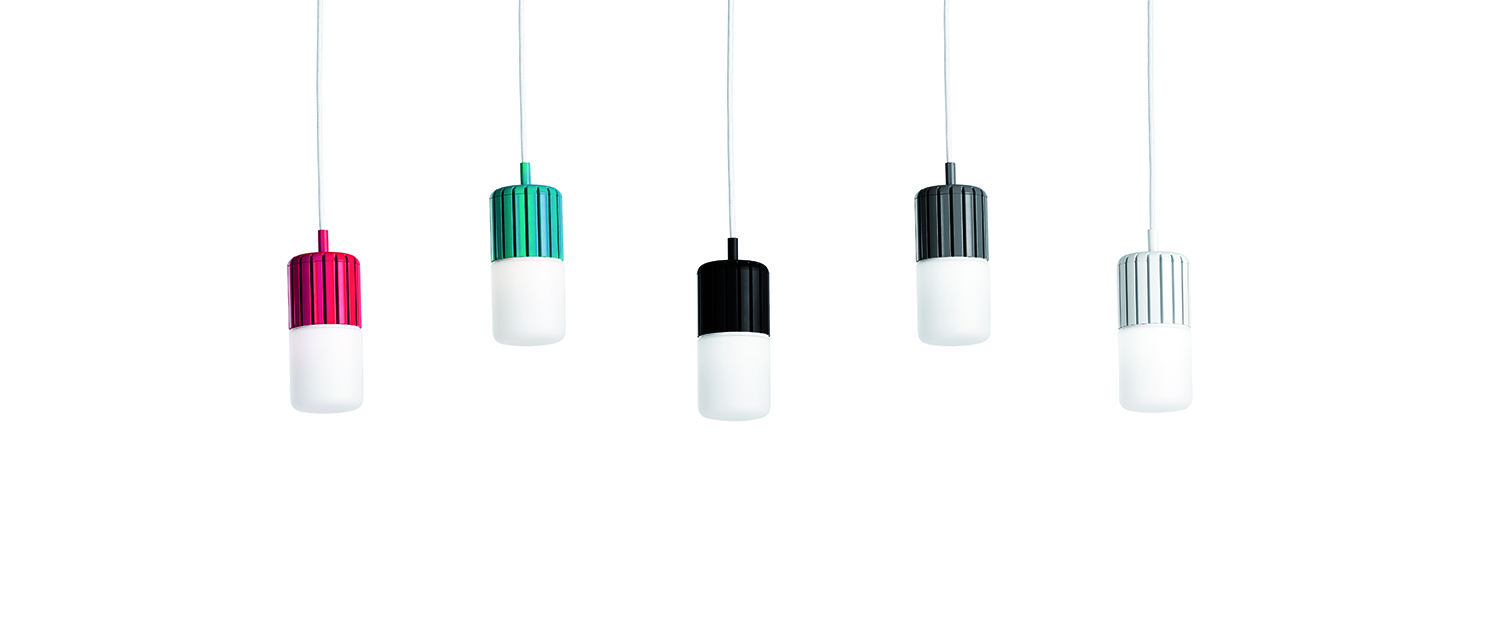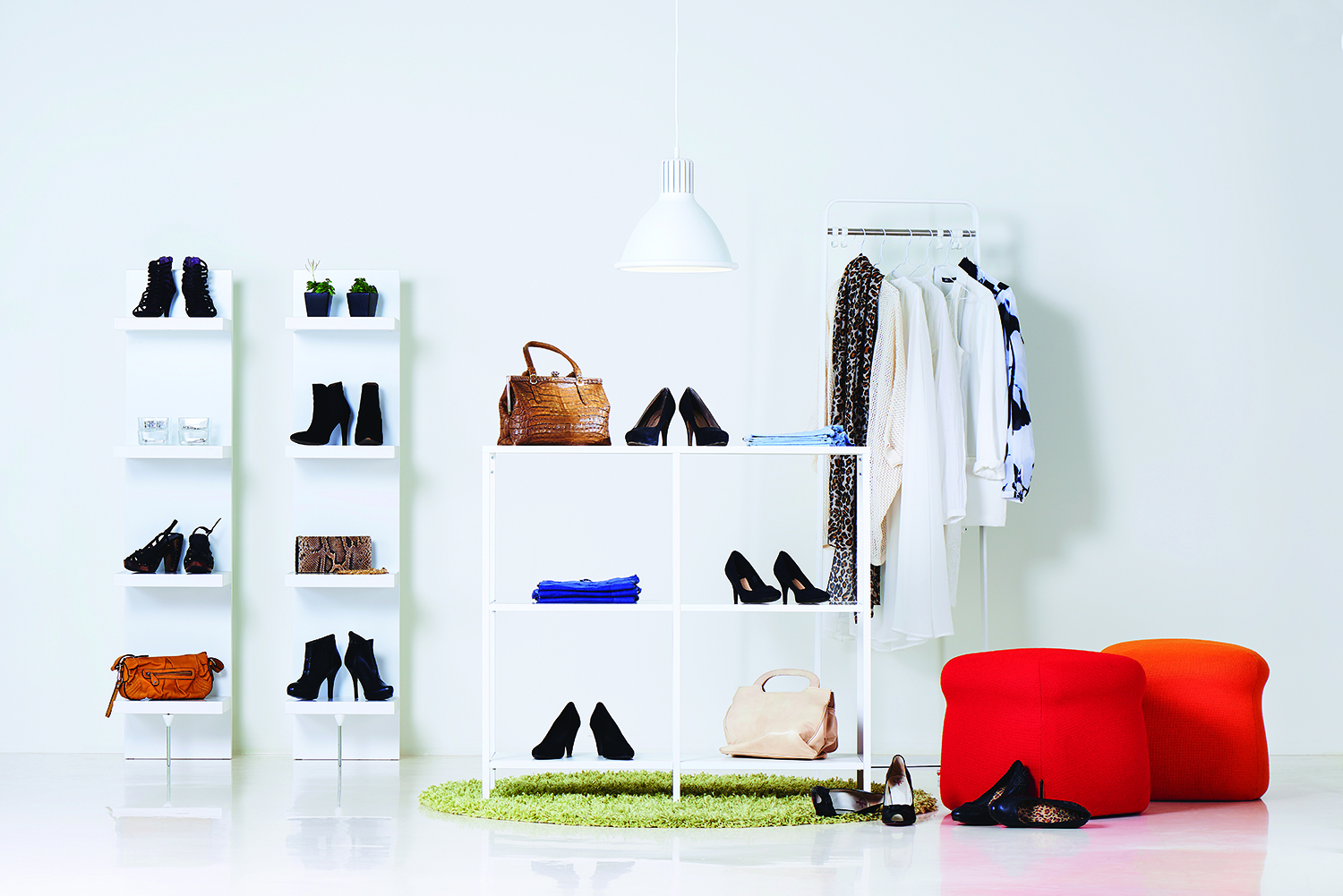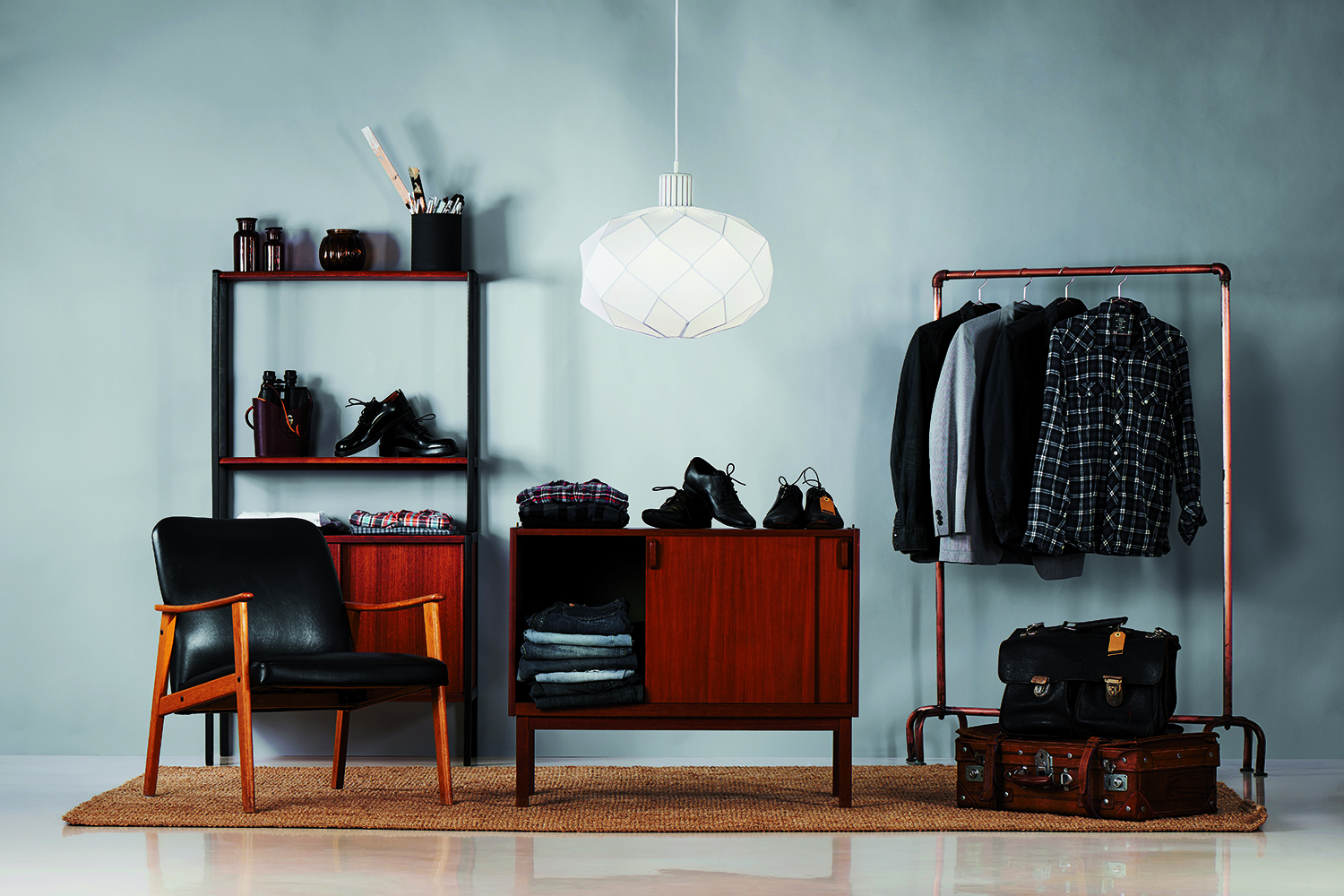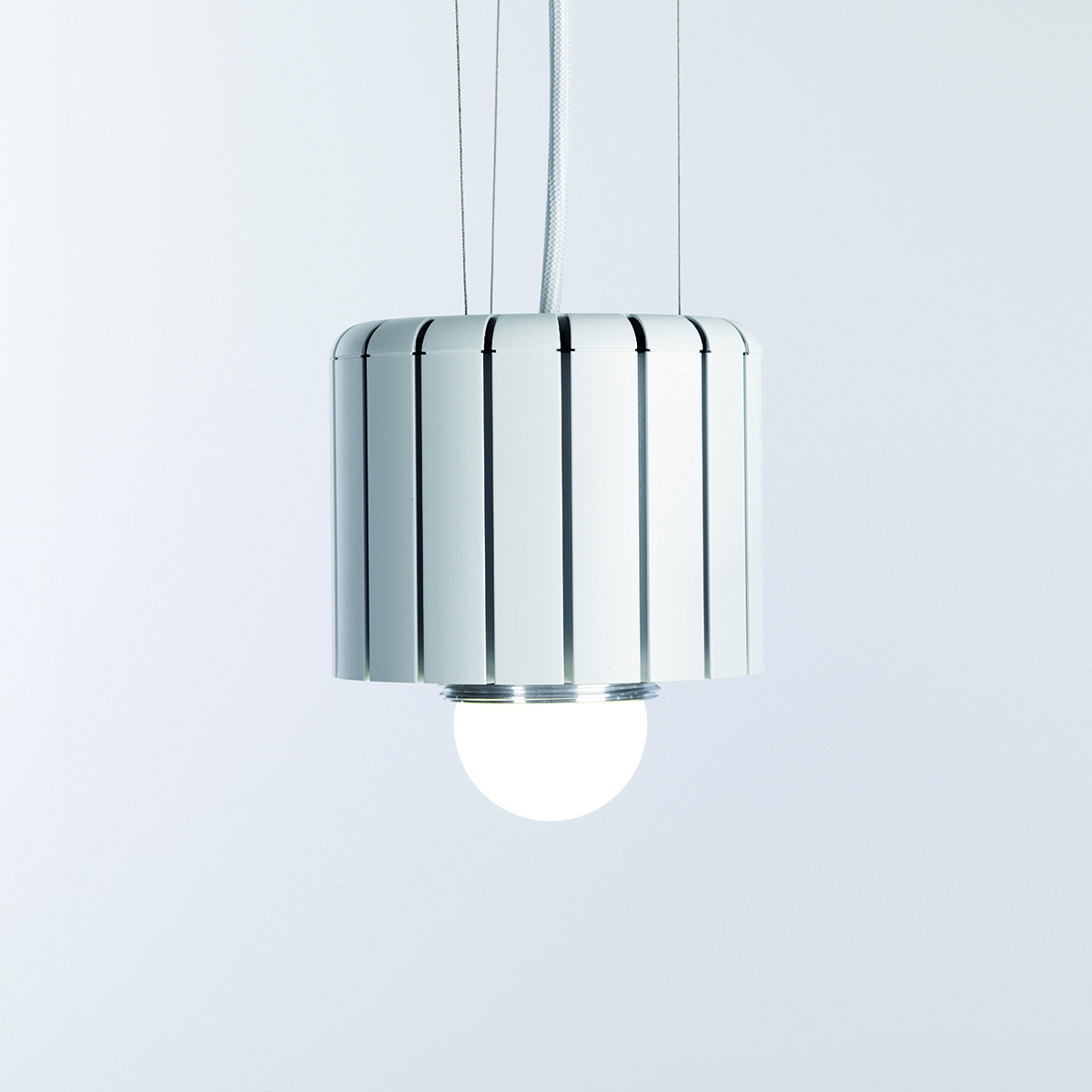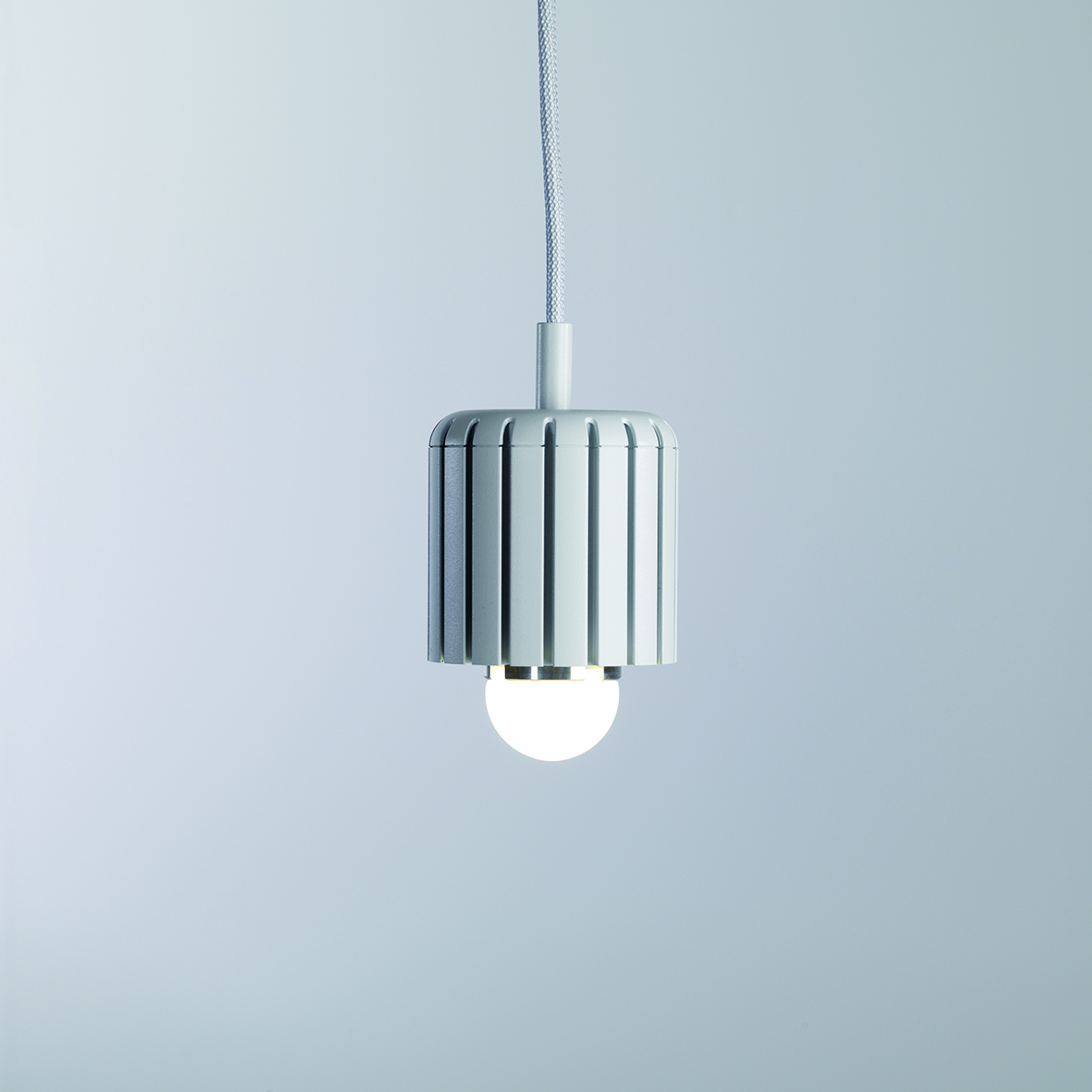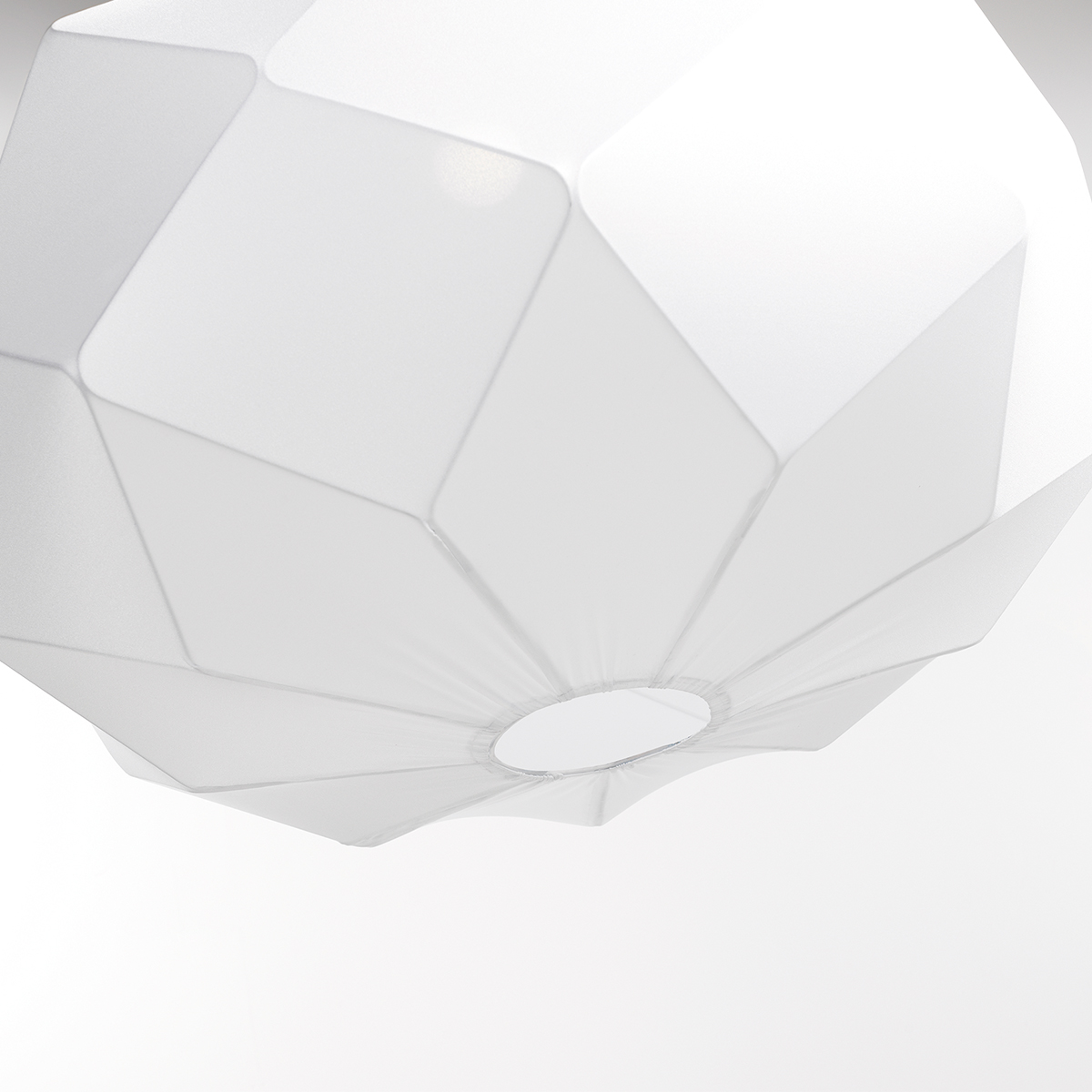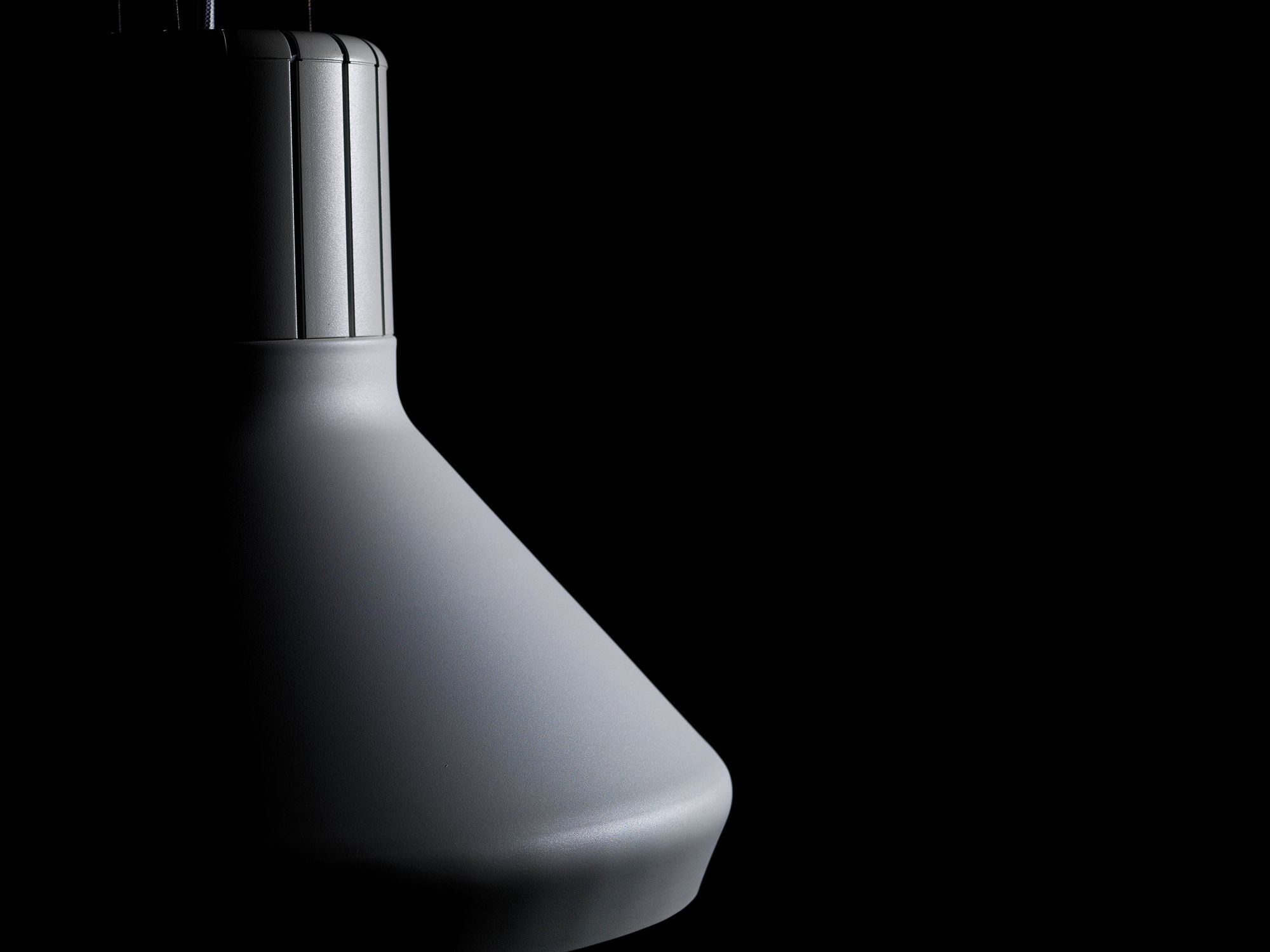
The many lives of Dino
Is it a cat? Or is it a chameleon? Architects Lars Pettersson and Morgan Rudberg are the masterminds behind Dino – the luminaire with a versatile character and nine lives.
Petterssonrudberg is an interdisciplinary design and architecture consultancy working with projects on various scales. Dynamic architect duo Lars Pettersson and Morgan Rudberg design smaller objects, such as furniture and products, up to larger scaled villas, commercial- or industrial buildings. As experienced interior designers they are proud creators of innovative retail concepts for customers such as Whyred and Helly Hansen.
Pettersson and Rudberg have specialized in sustainable design, with the aim of finding the social- and ecological solution in every project.
”80 percent of a product’s environmental impact is decided in the design process. The design affects everything – from material to production methods and recycling. With a well thought out design strategy it’s a win-win – for environment, society and our customers”, says Lars and Morgan who has experienced a change of attitude in the market:
”Sustainability is a top consideration. Customers embrace the challenge, accepting that the process might be a little bit more complex. That was not the case just a few years ago.”
By focusing on materials, they often find new ways of combining innovative design with sustainability benefits.
”When it comes to choosing materials, the truth is often complicated. A material that – at first glance – seems to be a bad choice from an environmental point of view, might end up to be the one that makes sense”, Morgan explains.
One of the latest designs from PetterssonRudberg is Fagerhult's versatile LED-engine Dino. Designed with a circular perspective in mind, this luminaire has the prospect of living many lives.
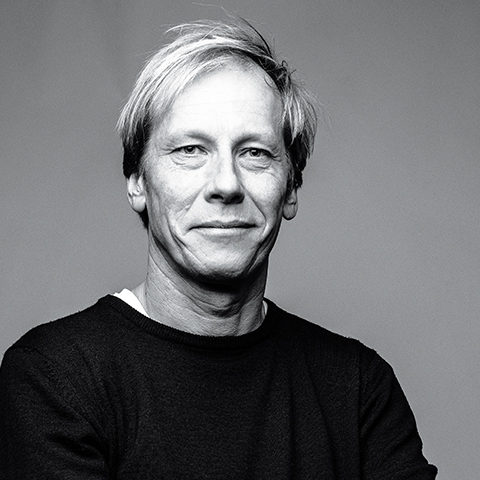 "A material that – at first glance – seems to be a bad choice from an environmental point of view, might end up to be the one that makes sense." Morgan Rudberg
"A material that – at first glance – seems to be a bad choice from an environmental point of view, might end up to be the one that makes sense." Morgan Rudberg
By combining different sizes, light outputs, colours and shades Dino offers freedom to get the light and expression you strive for, no matter what the project. Dino has its own universe. It’s a whole system with different shades in different materials – textile, glass and metal – that can be combined to fulfil various lighting tasks and to create various moods in almost any application. From a retail shop, to an office, to a comfy hotel room…
The cooperation with Fagerhult has been a mutual process where both parties have had the opportunity to develop and deepen their sustainability design strategies.
”It’s been kind of a ping-pong match – and both sides are winners”, Lars laughs.
”For our part, it was an experience to work on a product with such good environmental properties, as this LED engine is highly energy efficient. Fagerhult is its own producer and supplier of LED modules, meaning we had the chance to design the luminaire’s heat sink. That’s a rare opportunity for a designer”, Lars says.
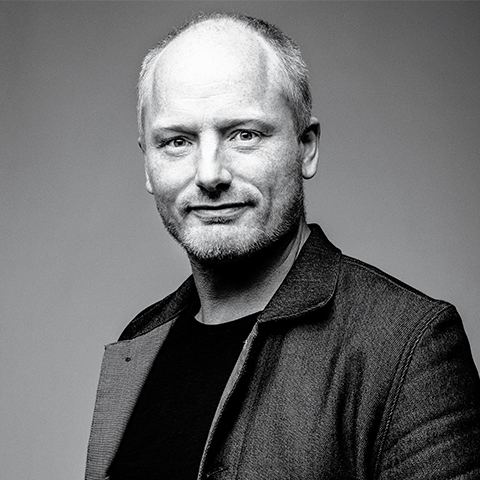 "Fagerhult is its own producer and supplier of LED modules, meaning we had the chance to design the luminaire’s heat sink. That’s a rare opportunity for a designer." Lars Pettersson
"Fagerhult is its own producer and supplier of LED modules, meaning we had the chance to design the luminaire’s heat sink. That’s a rare opportunity for a designer." Lars Pettersson
”From Fagerhult’s point of view the cooperation with Lars and Morgan has resulted in a new kind of product and offer”, Peter Björkman, Product manager at Fagerhult says.
”With Dino, we can meet customer’s needs for flexible and decorative luminaires that are easily adapted to creative and unique interior designs. It’s been a fortunate non-prestigious project with customer benefits and sustainability as beacons”, Peter continues.
Dino is a powerful light source with a very long life span. At the same time, the cycles for interior concepts are getting shorter as brands and customers demand constant change.
”By adding the possibility of keeping the LED engine and simply change the shade – and by carefully choosing the materials from a recycling perspective – we’ve replaced a linear design model with a cyclical one”, Lars and Morgan concludes.
Long live Dino!
TEXT AMELIE BERGMAN
PHOTO JOEL DITTMER, JOHAN KNOBE
Related News

Innovation in every fold – Wrapped exceeds in engineering brilliance
As sustainability is no longer a choice but a necessity, innovation must begin with the question: What if we did things differently? For Fagerhult’s R&D team, that question became the spark behind Wrapped, the world’s first pendant luminaire made of cardboard. Traditionally, pendant luminaires are built with metal frames, which is a durable, familiar, and safe method. But the team behind Wrapped wanted to explore another path. Together, they decided to find out if they could create a luminaire that not only performed at a premium level but with minimized environmental impact. After thorough consideration, Solid board – a renewable and recycled cardboard material that had previously only been used in hidden components – now plays the leading role. Wrapped is more than a luminaire, it’s an exploration of forward-thinking and creativity. With no ready-made solutions to lean on, the design team had to start from scratch. Every element, from the construction to the mounting, was looked into and the result is a luminaire that’s both technically solid and environmentally conscious. Gallery: Wrapped details The luminaire body is made of up to 65% recycled cardboard and folds together with high precision cut-outs that fit perfectly. Engineering elegance Wrapped’s body is composed of two primary parts: the inner body and the outer body, both designed to work in harmony for strength and stability. The outer body is held together by a rib made of 100% recycled post-consumer aluminium, locking the folds in place and ensuring shape retention. Its end caps are made from 100% recycled post-consumer plastic and snap into precision-cuts, securing the structure without the need for screws. The junction box is snapped into place and the driver is mounted using small clips, made from recycled post-consumer plastic. The LED board is mounted onto the lens, protected by a cover of Solid board, and the entire light module is locked into place with a louvre. The result is a seamless, screw-free construction that embodies thoughtful design. Design with purpose Fredrik Beckius, Design Engineer at R&D, reflects on the journey:“The challenge was working with a material that we had never used for a pendant luminaire before. We couldn’t mount components the usual way, so we had to find alternative solutions.”Martin Gustafsson, also a Design Engineer, adds:“We had to find a way to produce the luminaire cost-efficiently, both for us and our suppliers. Every design component had to serve more than one purpose.” This dual-purpose thinking is evident throughout Wrapped’s design. It’s not just about aesthetics or sustainability – it’s about engineering brilliance and making every part count. Quote: Martin Gustafsson Sustainability without compromise Wrapped is manufactured in Fagerhult, Habo, using locally sourced recycled and renewable materials. It’s a product born from Swedish innovation, rooted in the legacy of previous sustainable designs like Multilume Re:Think and Kvisten. Unlike many eco-conscious products, Wrapped is quietly confident – and sustainable in its DNA. With high-precision cut-outs, a stable construction, and rigorous testing throughout the process, Wrapped meets all quality standards without compromising its environmental ethos.
Fagerhult introduces the world’s first premium pendant luminaire made of cardboard
The new Fagerhult luminaire Wrapped is designed and made in Sweden – and combines premium lighting, high efficiency, and low weight with being the company’s most climate-friendly, premium luminaire to date.Wrapped’s luminaire body is made of organic recycled cardboard – Solid board – which has 89% less climate impact per kilogram than aluminium. The few details made of plastic and metal are also sourced from recycled post-consumer materials. The result is a pendant luminaire with minimised environmental impact throughout, without compromising on light quality or design. “By choosing Solid board, we’re stretching the idea that a pendant luminaire must be made of aluminium. We simply asked ourselves: Can we use another renewable and recycled material that is part of an established circular infrastructure?” says Christer Liljegren, Product Manager at Fagerhult.Sustainability meets affordabilityWrapped combines premium lighting performance with a favorable price point – and makes sustainable lighting solutions available to a wider audience. The lighter choice of material also enabled a total weight of 1.6 kilograms (Pendant, 900 mm).“I think the installers will appreciate Wrapped just as much as we do. It really is surprisingly light and easy to handle,” says Christer Liljegren.The launch includes Wrapped Pendant 900 mm. The low amount of material makes it a truly sustainable choice as it performs just as good as a general 1200 mm luminaire in many applications. It is available with the Beta Opti louvre and has a 50/50 direct and indirect light distribution – and maintains excellent visual ergonomics. The product family will be expanded with additional variants in 2026.Continuing a legacy of sustainable innovationWrapped builds on Fagerhult’s innovative work with sustainable materials, following the Multilume Re:Think (also made of Solid board) and the Kvisten wooden luminaire.“Wrapped embodies our idea of light for a brighter tomorrow – combining premium lighting with sustainability at an accessible level,” says Paula Backman, Product and Marketing Director at Fagerhult.
